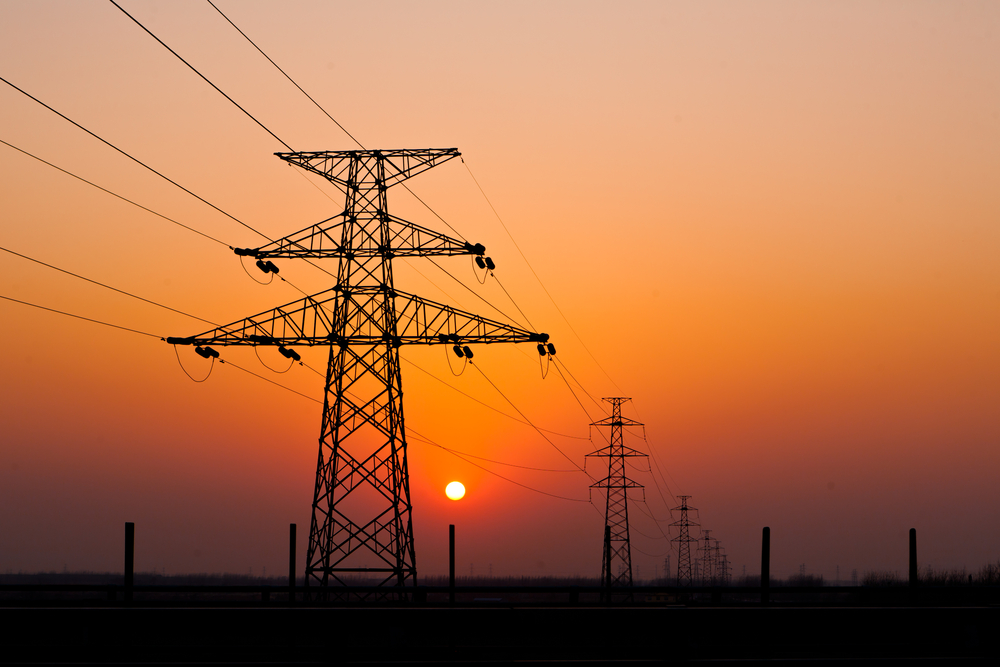Greasing the Electric Grid, the World's Largest Machine (Op-Ed)


Sonia Aggarwal is director of strategy at Energy Innovation: Policy and Technology. She contributed this article to Live Science's Expert Voices: Op-Ed & Insights.
The electric power grid is the largest machine in the world. In the United States alone, the grid is made of thousands of fire-powered and wind-powered spinning turbines, many square miles of solar collectors that turn light from the sun into electrons, enough high-voltage wires to wrap around the earth eight times, and even more low-voltage wires that reach all the way to the back of your TV and refrigerator. We can't store electricity on a large scale , so every time anyone microwaves popcorn or runs their washing machine, those turbines or solar panels need to immediately edge up their production to keep the giant machine in sync.
As the power grid was built out over the past century, America's pioneering grid operators developed sophisticated systems to ensure they could meet customers' demands in real-time — every second of every day. Until recently, that meant that grid operators and utilities assembled and operated power generators to match uncontrollable demand for electricity. But recent advances in power electronics and data processing will allow our grid to evolve from that old paradigm, saving a great deal of money for customers.
Here's the rub: Customers want the services that are provided by electricity, and they don't much care how much electricity it takes to provide those services, or when that electricity is generated or used. At the same time, those factors — how much electricity is needed and when — make an enormous difference to grid operators. So, a natural question arises: is there a way to provide the same service to customers by generating power during times that take better advantage of low-cost, clean electricity generators ?
In short, the answer is yes. Consider this: Many American homes contain an electric hot water heater. The heater cycles on and off to keep the water within a certain narrow range of temperatures throughout all hours of the day. Meanwhile, the availability of clean electricity sources like wind and solar are often dependent on natural variations in wind speed and cloud cover. Grid operators could take all that information into account, and decide that turning on the heater a few minutes earlier or a few minutes later could match better with wind or solar power availability. Aggregate that kind of management over many thousands of hot water heaters and it starts to seem like an important way to keep the giant machine running smoothly, producing electricity with less pollution and at a lower cost.
Utilities and grid operators are beginning to use this kind of demand management as a tool in many parts of the country. For example, in Texas, programs have names like Rush Hour Rewards and Degrees of Difference. Grid operators have a more straightforward name for the tool: demand response. All these terms refer to electricity customers changing consumption patterns in response to the needs of the power grid. Demand response is used to manage variability in the short-term, absorb clean energy generation during times of high output and low demand (like nighttime, when wind may be generating power that sleeping customers do not demand), and avoid building unneeded parts for the system in the long-term by cutting down on peaks in electricity demand. [Clean Energy, Batteries Not Included (Op-Ed)]
When the largest electricity market in the world (covering a good portion of the Eastern United States) was making plans for how to keep the lights on at the lowest cost, grid operators decided to consider demand response alongside other options. They found that industrial customers could provide valuable demand response as a low-cost option to keep the grid running smoothly. In fact, in the year they began to bring demand response into their wholesale power market, average prices dropped more than 80 percent.
Get the world’s most fascinating discoveries delivered straight to your inbox.
And yet, despite all its advantages, a federal court in Washington, D.C. decided that demand response could not be considered on equal footing with the more traditional kinds of power generation (like coal and natural gas) in cross-state energy markets. If that court's decision holds, it would make it very difficult for people to take advantage of this low-cost option for keeping the power grid running smoothly while enabling us to cut pollution. There's a chance the Supreme Court will review the lower court's short-sighted decision — let's hope they do.
Follow all of the Expert Voices issues and debates — and become part of the discussion — on Facebook, Twitter and Google+. The views expressed are those of the author and do not necessarily reflect the views of the publisher. This version of the article was originally published on Live Science.



